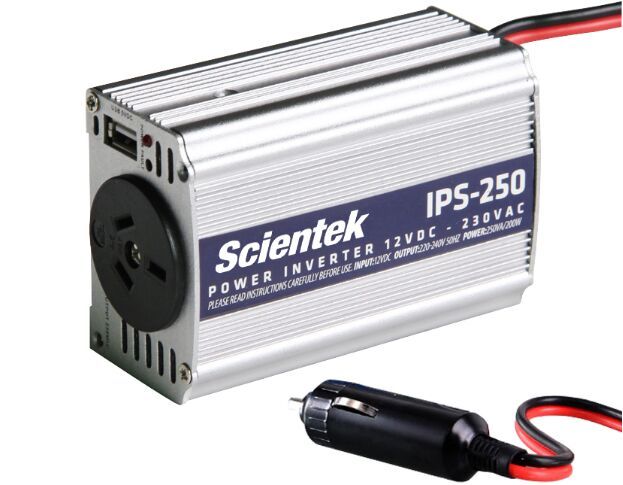From a physical point of view, they are actually smaller and lighter than low-frequency inverters. Therefore, physically speaking, if you are looking for something in a lighter weight mobile device, which will take up less space, and has a great advantage in many RVs, work trucks, then you will need to match a low-frequency inverse Changer.
The high-frequency inverter uses high-frequency DC/AC conversion technology to invert low-voltage direct current into high-frequency and low-voltage alternating current. After being boosted by a high-frequency transformer, it is rectified by a high-frequency rectifier filter circuit to a high voltage usually above 300V. DC power, and finally through the power frequency inverter circuit to obtain 220V power frequency AC power for the load.

high frequency power inverter
The advantages and disadvantages of high-frequency inverters: high-frequency inverters use small, light-weight high-frequency magnetic core materials, which greatly increases the power density of the circuit, and makes the no-load loss of the inverter power supply small. The variable efficiency has been improved. Usually the peak conversion efficiency of high-frequency inverters reaches more than 90%. But it also has significant shortcomings. The high-frequency inverter cannot be connected to a full-load inductive load, and its overload capability is poor.
Essentially, they use electronic devices to switch DC voltage to AC power. Generally, on a high frequency inverter, the surge capacity or surge power of the inverter is about twice the continuous output power of the inverter. So this means that if the continuous output power on the inverter is 1,000 watts, the surge on the high frequency inverter will usually be 2,000 watts. For most loads, this is ok, and running an electronic load will handle twice the surge.
However, the challenge often encountered in high frequency inverters is when we start a larger load and the motor starts under the load, such as compressors, pumps and the like. Therefore, even if your inverter has a rated power of 4,000 watts, we still have to start a compressor. Since most high-frequency inverters have surge ratings within 5 milliseconds, the rated power is continuous for 5 seconds For 1500 watts, instead of 5 seconds, 5 milliseconds, which is a very short time. Therefore, the motor may need a few seconds of surge under load.